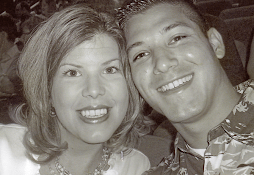


Dr. Browder, a physics professor at JU, and grandfather to Sara, joined us on Friday to provide us with some frozen fun! He brought liquid nitrogen and the fun began. We were able to watch as he dipped a balloon and a glove in the liquid nitrogen...and even his tie!
After watching the demonstration we were able to dip big marshmallows in chocolate and then in the liquid nitrogen to freeze it. It was a yummy treat! At the end of his visit he made "clouds." This was by far the funniest moment ever...to watch all of the kids disappear into the clouds.
Thank you Dr. Browder!









